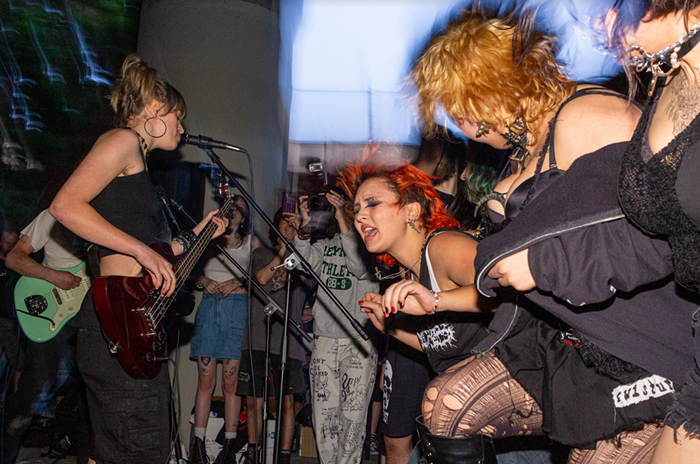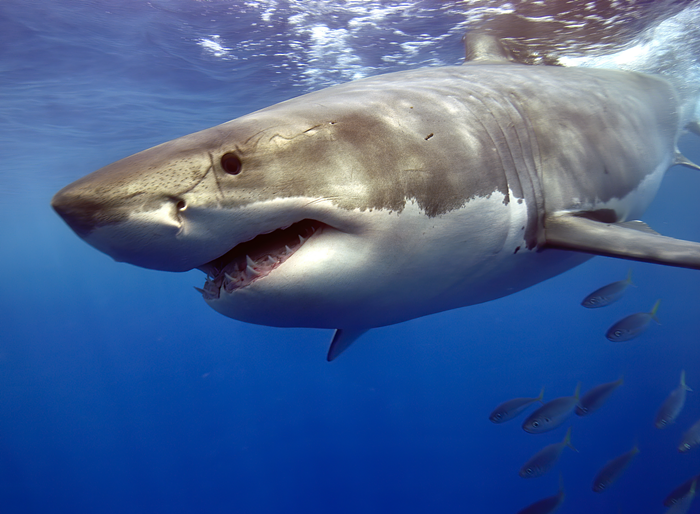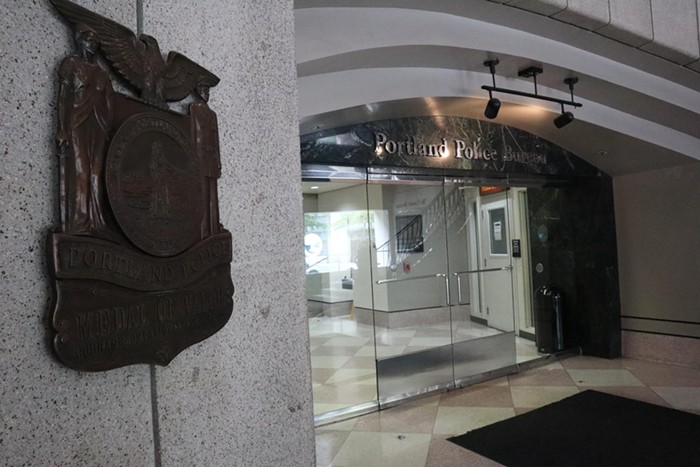Mariana Tres at the Portland Building, 1120 SW 5th, Mon-Fri 7 am - 6 pm, through December 5
I n 1909, Lewis Hine astutely stated that "While photographs may not lie, liars may photograph." This maxim is deftly illustrated in Homespun Universe: The Wondrous World of Anabella Gaposchk, an exhibition of layered fictions and deceits by Mariana Tres on view at the Portland Building until the end of the month. Consisting of fourteen photographs, a display case of historical artifacts, and a brief documentary video, the exhibition explores historical fictions and the truthfulness of documents with the same playful, probing attitudes of contemporary photographer Vic Muñiz and Italian meta-novelist Italo Calvino.
The fourteen ovular black and white photographs, which dominate the exhibition, appear to be of celestial bodies--nebulae, constellations, and star clusters. Beautifully presented in antique Victorian frames, the images are soft, radiant abstractions. These photographs are more culinary than astronomical, though. Their labels reveal that they were created by sifting and tossing baking soda and powdered sugar against black backgrounds. This artistic bait-and-switch is wrapped around a romantic historical premise, which forms the basis of the exhibition. From the documentary video and wall text, we learn that Anabella Gaposchk, a 19th-century byproduct of the Enlightenment, created these photo-fabrications. Their quirkiness and eccentricity made the artist a minor cult figure among photo-historians and astronomers, and it's a rare treat indeed to see not only her work, but also her correspondences, spice rack, and bank account. In fact, the show seems better suited for the quaint Maryhill Museum than for downtown Portland.
As fascinating as the Gaposchk character may be, she is of course as homespun as the celestial photographs she is purported to have made. The entire construct of the exhibition is a whimsical and compelling literary conceit by Mariana Tres. It's rare that shows which spring from such conceptual origins blossom into exhibitions of this visual fortitude. Taken on their own, Tres' starry-night photographs are silent and mysterious, and knowing that they are artificially produced only deepens their character. Their imaginative, fanciful history, which is supported by Tres' highly convincing artifacts and pitch-perfect mockumentary, leaves viewers with not only something nice to look at, but stories to roll around in their heads and questions about truth, history, and perception to ponder. CHAS BOWIE












